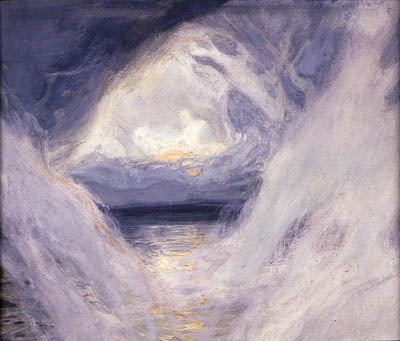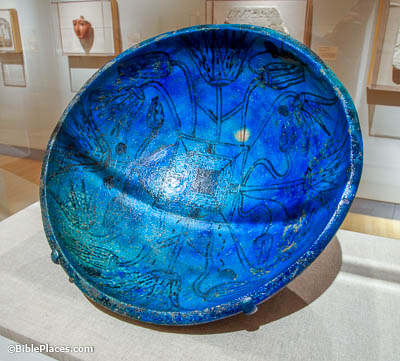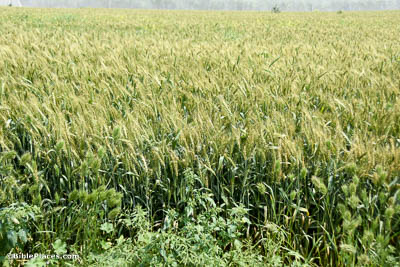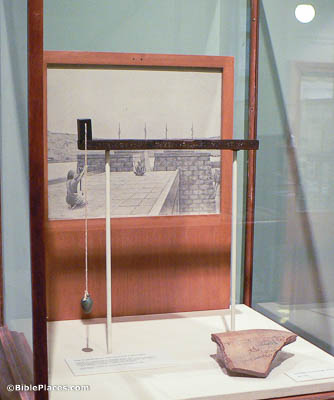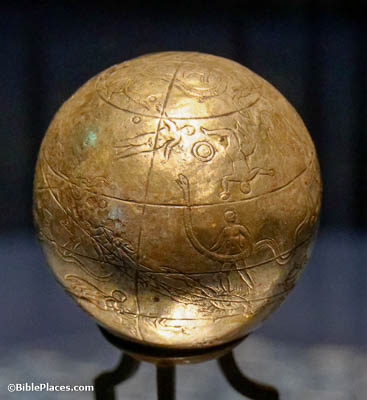In the beginning, God created the heavens and the earth (Genesis 1:1)
The word “heavens” (Heb. shamayim) is used three ways in the Hebrew Bible. It refers to God’s abode (Isa 66:1; Eccl 5:2); to the starry universe (Ps 8:3); or to the atmosphere (Ps 104:12). In this context, heavens and earth seem to constitute a merism, denoting all of creation. This painting by James Tissot is a somewhat abstract representation of the initial stages of creation. This image comes from the Jewish Museum and is in the public domain.
